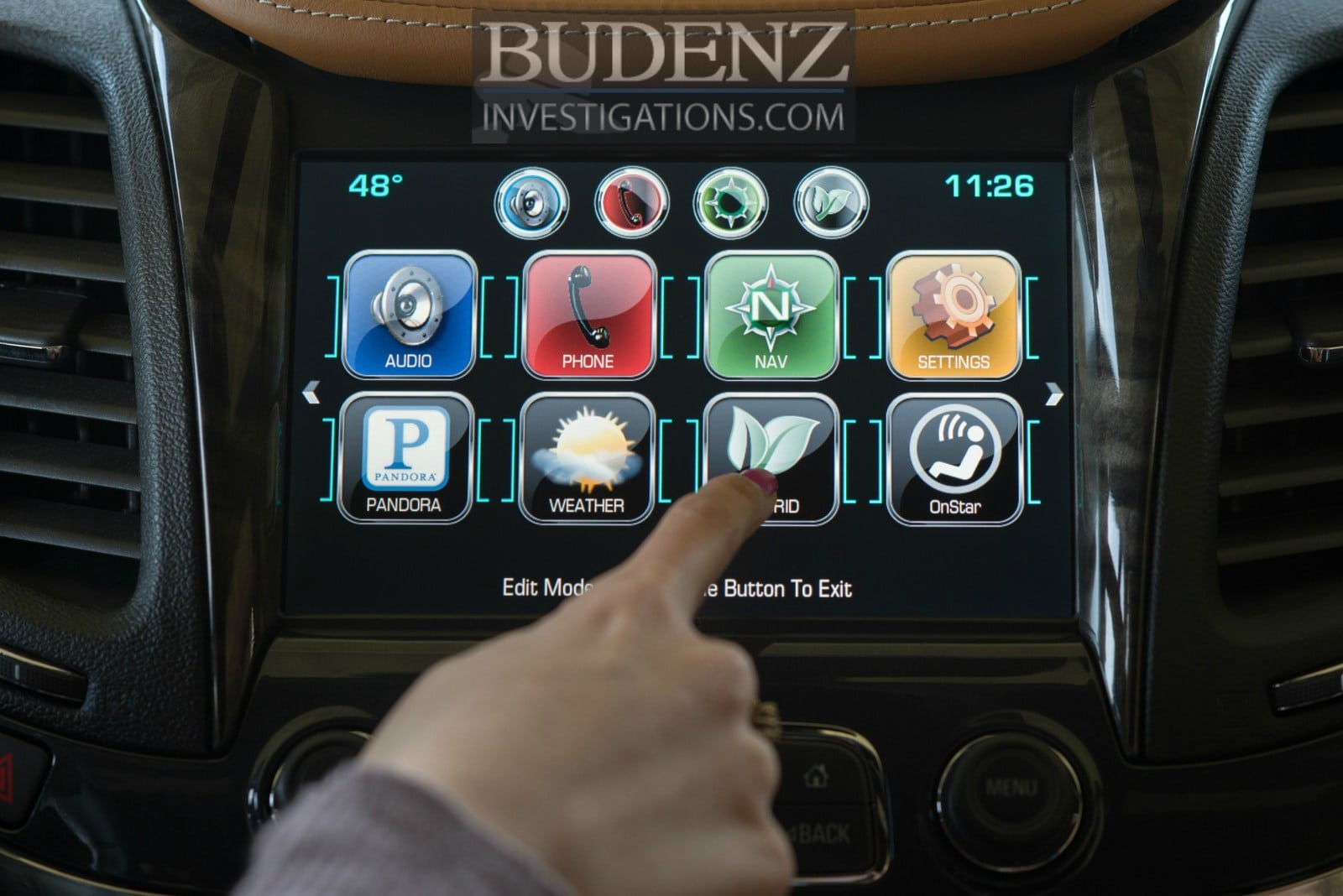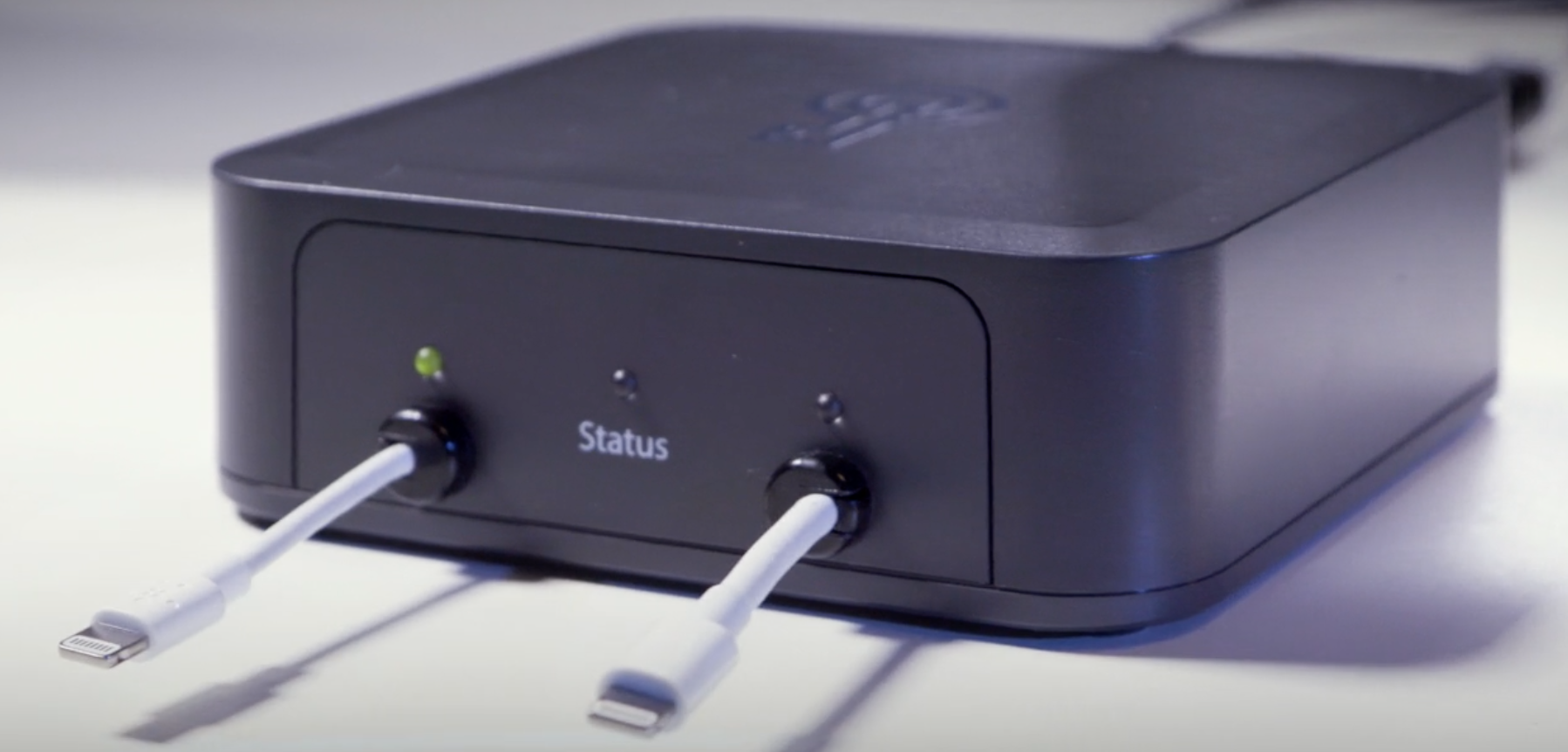You can’t walk through a box store without seeing some home security system or DVR type of CCTV ( Closed circuit television). Why do we still call it closed circuit? Most are connected to your home network, and if they don’t offer connectivity to your smartphone or tablet on the go then it probably 10 year old technology.
These are great economical ways to have a sense of safety and security. Most systems offer good enough quality that you can get a good image or video of the guy (or girl) stealing packages off your porch. But even if you can see them, can you make out a face? That goes back to the quality of the system and more importantly the placement of cameras at the right angle and level.
What happens though when there is critical footage or activity that needs to be recovered and the device or connectors to the DVR unit have been damage? First thing is everyone takes it apart and sees a hard drive inside. The inner geek inside says, cool, I’ll just connect it to my PC with a hard drive cable, or one of the kits that converts old PC hard drives into desktop USB storage devices.
- Not going to work
- Your going to damage or corrupt the hard drive.
- These DVR units run there own proprietary software (file systems – It is NOT FATS variation or NTFS) and there is no standardization in the CCTV industry for encoding the video files in a readable format like .mp4 or .wav or .avi.
Most of these units run some variety of Linux embedded directly on the circuit board memory chip itself. (kinda like a micro PC running the operating system from a read only USB drive) But each brand and manufacture has chosen their own path for the storage. IF you did connect this to a PC via a hard drive reader type of cable or dock, it is most likely not even going to recognize the drive is connected. I will detect a connect and prompt you to format this drive to make it accessible. When you do, everything is GONE.
These system require a dedicated forensic software that decodes the video files, and providing the appropriate codec for that manufacture’s format in order to view in any fashion.
There is a growing trend now of free standing IP cameras that have their own on board SD card memory for retention of video files directly on each camera. Those files are stored in formats that are easily played on most computers and most video players. Those SD cards can extend retention times based on the activity level of each camera, most are set to automatically overwrite when the card is full and will require data carving to recover those overwritten files.




